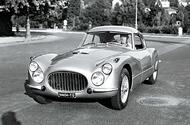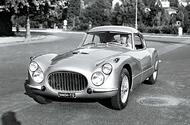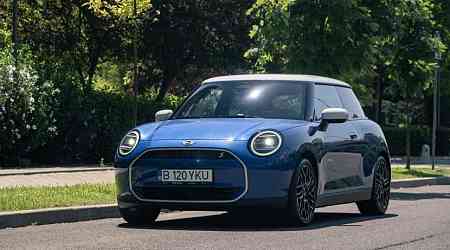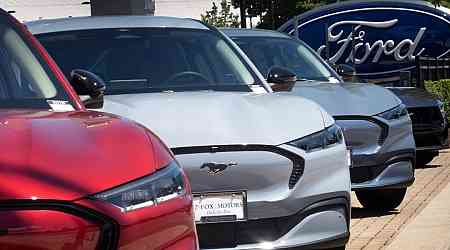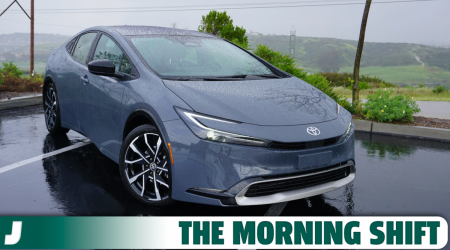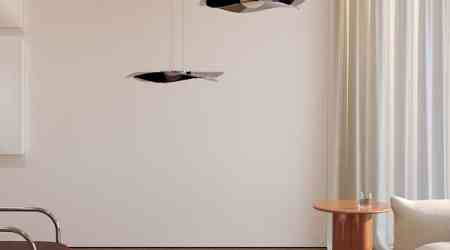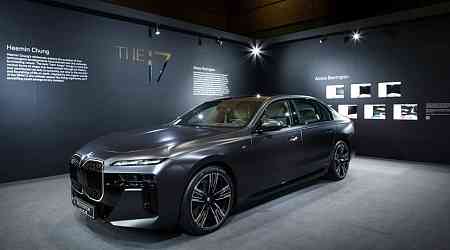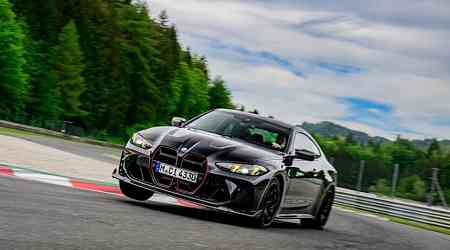"The Otto Vu, as it is called in Italy, is comparatively expensive, and it is the type of car for which there is a fairly limited demand, yet for the enthusiast requiring a fast 2-litre car, it would be difficult to find one which would provide better performance and roadholding and be more of a delight to drive,” we concluded in our road test of 9 July 1954.
So who was behind the 8V? Ferrari? Maserati? Lancia? Alfa Romeo? In fact, it was Fiat, a large-scale, mainstream company that was still making the 500 miniature of 1936 and had just launched the 1100, 1400 and 1900 as worthy but stodgy four-cylinder family cars.
Why act so out of character? The answer to that ultimately begins with World War II. With Europe in ruins, the US government enacted the Marshall Plan, which provided $13.3 billion (about £136bn today) to rebuild societies and economies.
In 1947, Fiat CEO Vittorio Valletta agreed at the request of Italian prime minister Alcide De Gasperi to cook up a new car to American tastes, to be not just a commercial tool but also a symbol of gratitude.
Of course, that meant it needed to be big and have a big engine. The suggestion was for a six, but engineering chief Dante Giacosa insisted on a V8, for its greater ease of design at a time when Fiat’s resources were stretched.

However, by the time that work on the Yankee Fiat was completed, Italy’s economy had returned to pre-war strength and the political will had faded. Furthermore, the touring saloon body designed by Pinin Farina wasn’t exactly loved.
So what to do with that lovely new V8? Well, with Turin set to embark on a massive expansion programme, why not create a V8 sports car to revive the brand’s sporting image? That was its logic, and in 1952 it revealed the 8V, with a coupé body designed and made in-house and bits of existing Fiats, including suspension from the 1100 and, at the rear, a drive unit from the Campagnola off-roader.
Enjoy full access to the complete Autocar archive at themagazineshop.com
“The engine has its two banks of cylinders set at 70 degrees in a common casting,” explained Autocar. “The crankshaft has four throws and the connecting rods of opposite banks run almost side by side, but not quite, the crank pins being themselves canted slightly to allow for the 20-degree offset between the two banks. The shaft runs in three main bearings (copper-lead with indium flash) and has balance weights only at the ends. No torsional vibration damper is employed, but 7000rpm has been achieved without trouble.”
"Two years later, our road testers wrote of it in 115bhp form (up from 105bhp originally): “There are very few 2-litre saloons with a speed comparable to that of the 8V.”
It had got from 0-60mph in 12.6sec (20.1sec faster than the 1100!) and 0-100mph in 35.0sec.
“To provide a performance like this it is necessary to have first-rate handling qualities, and the independently sprung wheels both front and rear provide a comfortable ride and give a degree of roadholding that it would be difficult to better for [such a car].
“It has particularly good directional stability, together with just about the right amount of understeer.
“The steering gives the driver a very accurate sense of feel, being light and lively.
“The 8V is very much a sports car in the modern sense of the word. It is a car that must be ‘driven’ to be enjoyed; equally it disguises its true speed by virtue of its good manners.”
Italy was of course famous for its carrozzerie, and many of them dressed the 8V chassis beautifully, including Bertone, Farina, Ghia, Pinin Farina, Vignale and Zagato.
Meanwhile, rallyists and racers did well in privately entered 8Vs, most notably Elio Zagato topping the 2-litre class in a support race for the 1954 Italian Grand Prix at Monza, then embarrassing Porsche’s 356s in the 1955 Berlin GP (for sports cars) at Avus.
Yet despite the ‘halo effect’ of all this, Fiat bosses lost interest in the 8V and killed it after just two years and 114 chassis had been made.
Surplus engines and other parts went into Turin minnow Siata’s ultra-low 208 competition cars, but there the story ended. No other Fiat has used a V8, and ‘Otto Vùs’ today sell for millions.


















